Home to some of the world’s earliest settlements, beautiful coastlines, and the soaring mountains which inspired its name, the Balkan Peninsula sits north of the Mediterranean Sea in southeastern Europe. Nine nations primarily make up the Balkans: Albania, Bosnia and Herzegovina, Bulgaria, Croatia, Montenegro, North Macedonia, Romania, Serbia, and Slovenia. The region also contains the self-declared independent nation of Kosovo, as well as parts of Greece and Turkey. While many Balkan countries were once united as the larger country of Yugoslavia, today, each Balkan state is known for its own unique identity. Here are nine fascinating facts you might not know about the Balkan countries.
In Albania, Nodding Your Head Up and Down Means “No” Instead of “Yes”
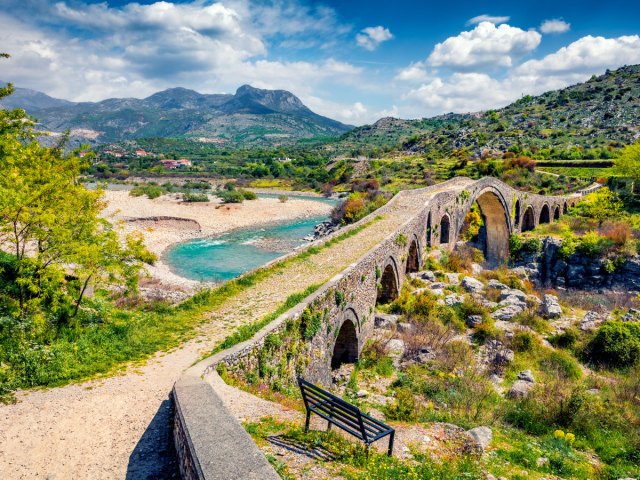
Albania — located in the western Balkan Peninsula across the Adriatic Sea from Italy — achieved independence from the Ottoman Empire in 1912. Long before then, the region had forged a distinct cultural identity — so much so that it may be harder for modern-day travelers to communicate than one might expect.
One noteworthy example: In Albania, nodding your head up and down actually means “no,” whereas shaking one’s head left to right signifies “yes.” Of course, that’s the opposite meaning of the gestures in much of the rest of the world. The practice is also common in other areas of the Balkans, including Bulgaria — but it’s unclear how exactly this contrast in customs originated. Some theorize that it dates back to defiance during the Ottoman occupation of the late 14th century.
Albanian is also one of the more difficult languages to learn, as it’s unrelated to any other major modern language. Within Albanian, there are two distinct dialects — Greg and Tosk — which are believed to have split around the fourth century CE. However, official records for the language only date back to the 15th century CE, and its origins remain murky. Albanian is still spoken by over 7.5 million people around the world.
Bosnia and Herzegovina Is Home to the Only Public Clock That Measures Lunar Time
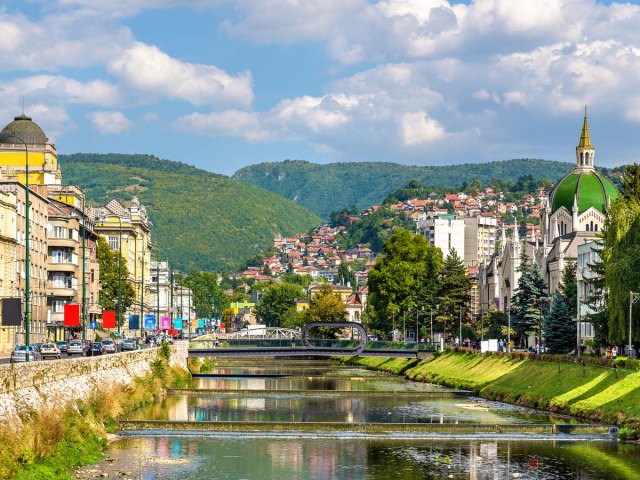
While most clocks rely on solar time, that’s not the case for a unique clock tower in Sarajevo, Bosnia. Located in the city’s historic old town, the Old Clock Tower is the only known public clock that measures using lunar time. The clock tower dates back to the 16th century and is nicknamed “Little Ben” because of its equipment imported from England. Its lunar mechanisms were installed in the 1800s and tell time based on the movement of the sun and moon — meaning the clock tower strikes “midnight” at sunset each day.
Bosnia and Herzegovina is also known for its incredibly tiny coastline, measuring just 12 miles. After the nation declared sovereignty in 1991 (and later independence in March 1992), new nations took shape in the Balkans, and Bosnia and Herzegovina was almost entirely separated from the Adriatic Sea by Croatia. The lone exception was the town of Neum, which provides Bosnia with its only direct sea access. That makes Bosnia and Herzegovina the country with the second-shortest coastline in the world.
Bulgaria Is Home to the Oldest City in Europe
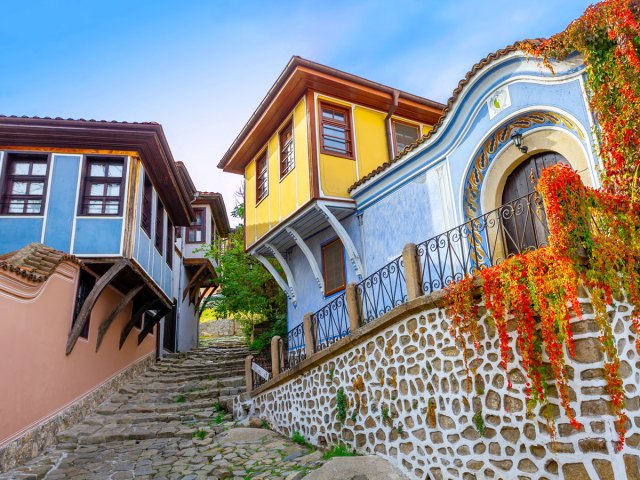
Bulgaria was founded in the seventh century, making it one of Europe’s oldest independent states. Long before then, the city of Plovdiv — now the second-largest Bulgarian city after Sofia — was settled back in the sixth millennium BCE. Some believe that its name at the time was Kendrisos, and it was first founded as a Thracian colony. This makes Plovdiv older than Athens, Greece, which was founded around 4000 BCE.
In approximately 342 BCE, Philip of Macedon took control of the city and renamed it Philippopolis after himself. The city was later conquered by the Romans, and many relics from that time remain today — including a 6,000-seat theater built during the reign of Trajan (98 CE to 117 CE). The name Plovdiv was first referenced in the 11th century CE, though it wasn’t until Bulgaria gained independence from the Ottoman Empire in 1908 that the name Plovdiv was formalized.
Croatia Contains Over 1,000 Islands
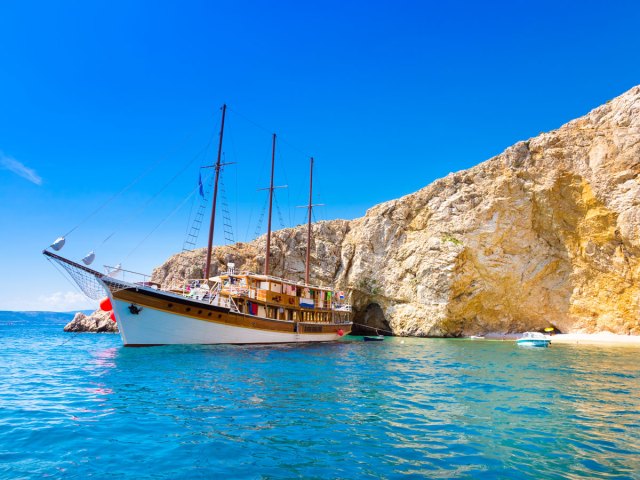
Crescent-shaped Croatia is known for its stunning Adriatic coastline. While the majority of the country is located on the Balkan Peninsula, Croatia also includes over 1,000 islands scattered throughout the region. All but 47 of the islands are uninhabited, and many are quite small — only 15 or so are larger than 20 square miles in total area.
Some of the more majestic Croatian islands worth visiting include Krk, which is known for its Medieval-era monasteries and Romanesque churches. There’s also Brač, which is the country’s top destination for windsurfers, as well as Korčula, an island that’s said to be the birthplace of famed explorer Marco Polo.
Montenegro Is Home to Europe’s Oldest Olive Tree
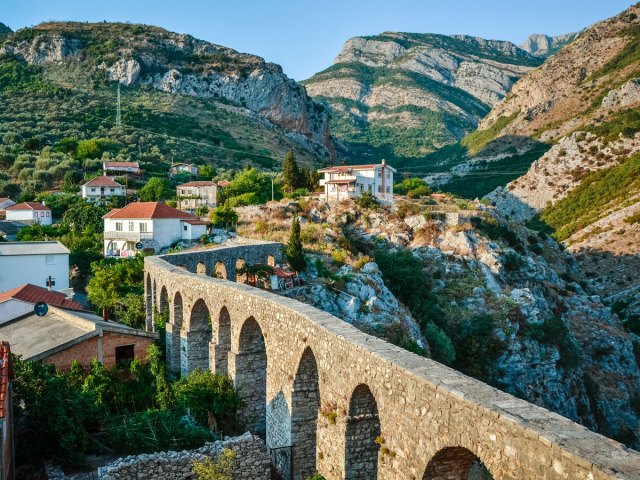
The Mediterranean region is known for its plentiful olive groves. The continent’s oldest extant tree is located near the town of Stari Bar in Montenegro. Olive harvesting began in the region during the time of the Roman Empire over 2,000 years ago. This tree — known by the name Stara Maslina (which translates in English to Old Olive Tree) — is the oldest from that time and perhaps the oldest olive tree in the entire world.
Aptly named, the Old Olive Tree is estimated to be over 2,240 years of age, and it has been federally protected since 1957. The tree measures roughly 32 feet in diameter and still produces fruit today. The popular tourist attraction is one of over 100,000 olive trees located throughout the region, many of which are believed to have been planted over a millennium ago.
The Cyrillic Alphabet Was Invented in North Macedonia
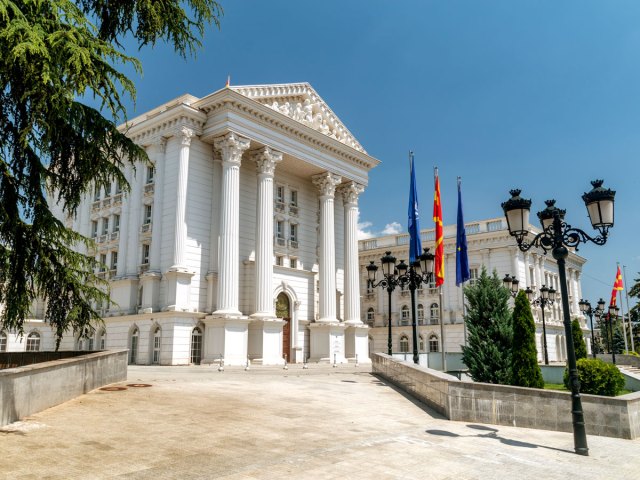
From the time it broke away from Yugoslavia in 1991 until 2019, the nation now called North Macedonia was known as the Republic of Macedonia. However, the former Kingdom of Macedonia dates much further back to the seventh century BCE. The land which present-day North Macedonia occupies is believed to have been where the Cyrillic alphabet was created sometime around the 10th century CE. The Cyrillic alphabet is a writing system inspired by capital Greek letters that’s used by speakers of over 50 modern languages. It was invented by disciples of Saints Cyril and Methodius, two missionaries who brought Christianity throughout the Slavic region in the late ninth century.
Romania’s Palace of Parliament Is the World’s Heaviest Building

Located in Romania’s capital city of Bucharest, the Romanian Palace of Parliament is the world’s heaviest building, according to the Guinness Book of World Records. The colossal structure contains a whopping 1.5 billion pounds of steel and bronze combined with 35.3 million cubic feet of marble. Plus, it has an additional 7.7 million pounds of crystal glass combined with 31.7 million cubic feet of wood.
Construction on the Palace of Parliament began in 1984, and the building technically remains unfinished today. In addition to its immense weight, the structure spans over 3.5 million square feet and contains upwards of 3,000 rooms. It ranks among the largest administrative buildings in the world after the Reichstag in Berlin, Germany, and the Pentagon in Arlington, Virginia.
Serbia Produces the World’s Most Expensive Cheese

Pule is a rare cheese that comes from Serbia. How rare? Only a single farm located in Serbia’s Zasavica Special Nature Reserve produces it. The cheese is an unusual combination of 60% donkey milk and 40% goat milk, and it requires upwards of 6.5 gallons of donkey milk to just over two pounds of pule cheese.
The cost of pule around $600 per pound, making it the most expensive cheese in the world. The farm where it’s cultivated was founded in the late 1990s by a man named Slobodan Simić. Amazingly, he actually produced his first batch by accident due to a surplus of donkey milk. The Zasavica Special Nature Reserve is one of just three areas in the former Yugoslav Republic that protects the breed of Balkan donkey used for pule.
Slovenia Has One Vineyard for Every 70 People
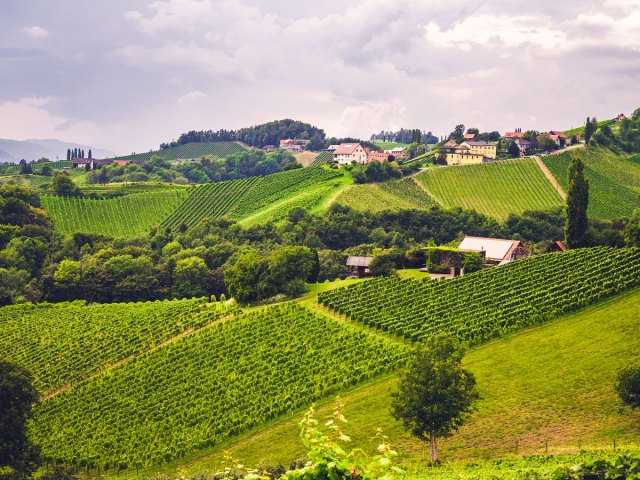
Slovenians are among the world’s foremost oenophiles. In fact, there’s estimated to be one vineyard for every 70 Slovenians, which equals around 28,400 wineries found throughout a country that’s roughly 1,000 square miles smaller than New Jersey. These wineries produce well over 20 million gallons of wine annually, but very little is exported around the world — Slovenians consume 94% of the wine that’s produced within their own borders.
In addition to wine, Slovenia is known for its rich history of beekeeping. The practice was added to UNESCO’s Representative List of the Intangible Cultural Heritage of Humanity in 2022. Slovenia is home to a unique breed called the Carniolan bee, and there are around 200,000 bee colonies on Slovenian land that are managed by local beekeepers.
More from our network
Daily Passport is part of Optimism, which publishes content that uplifts, informs, and inspires.























